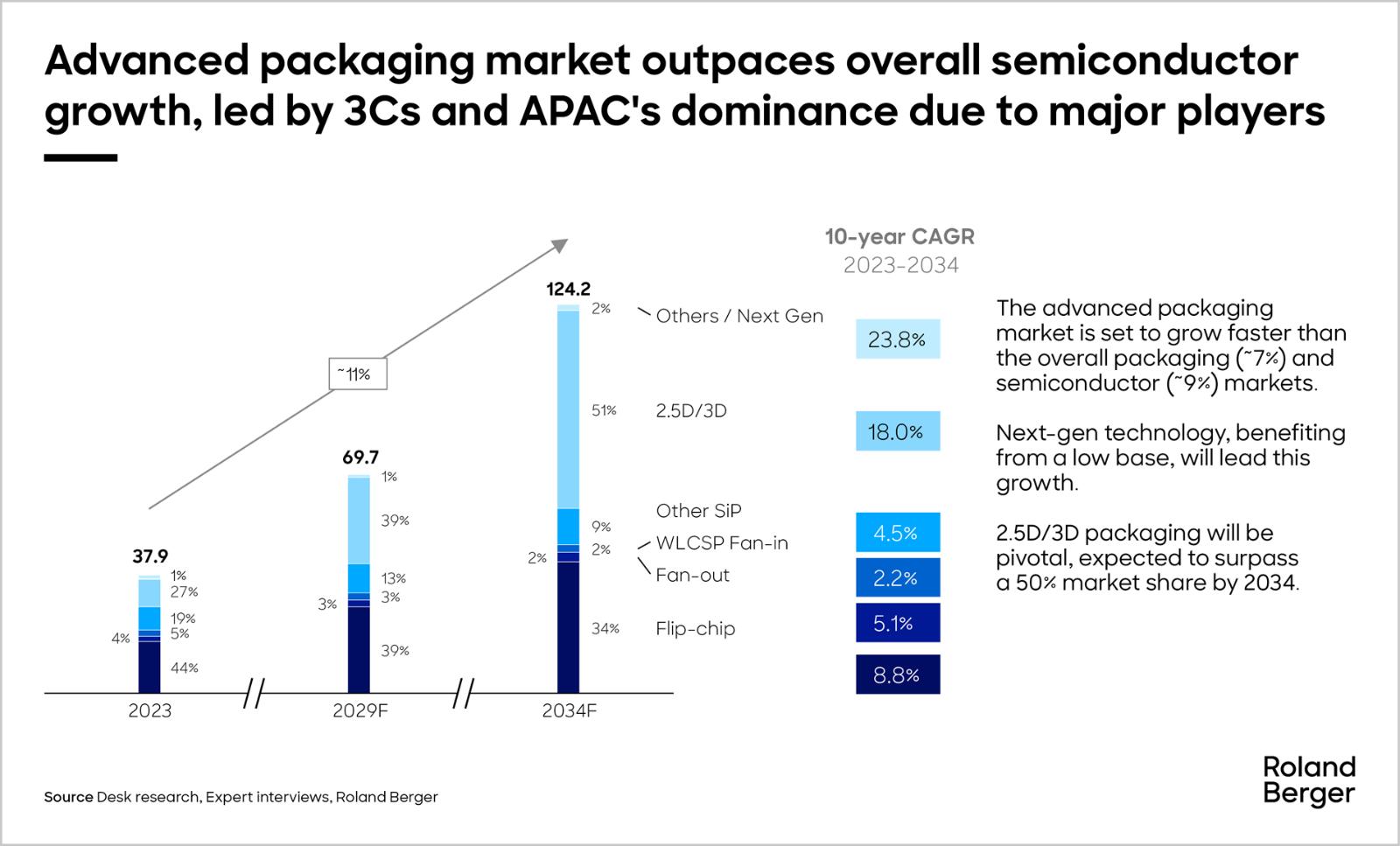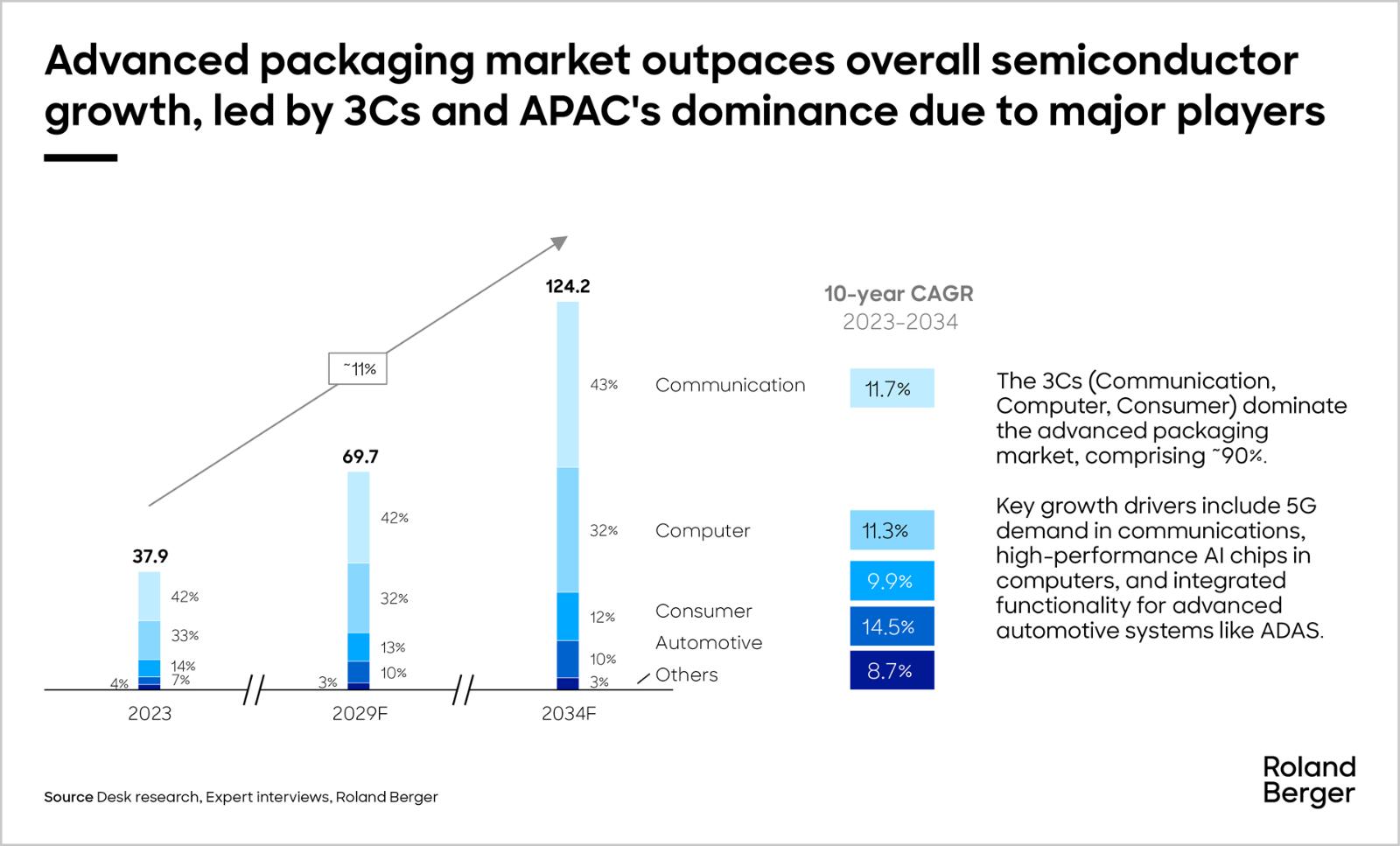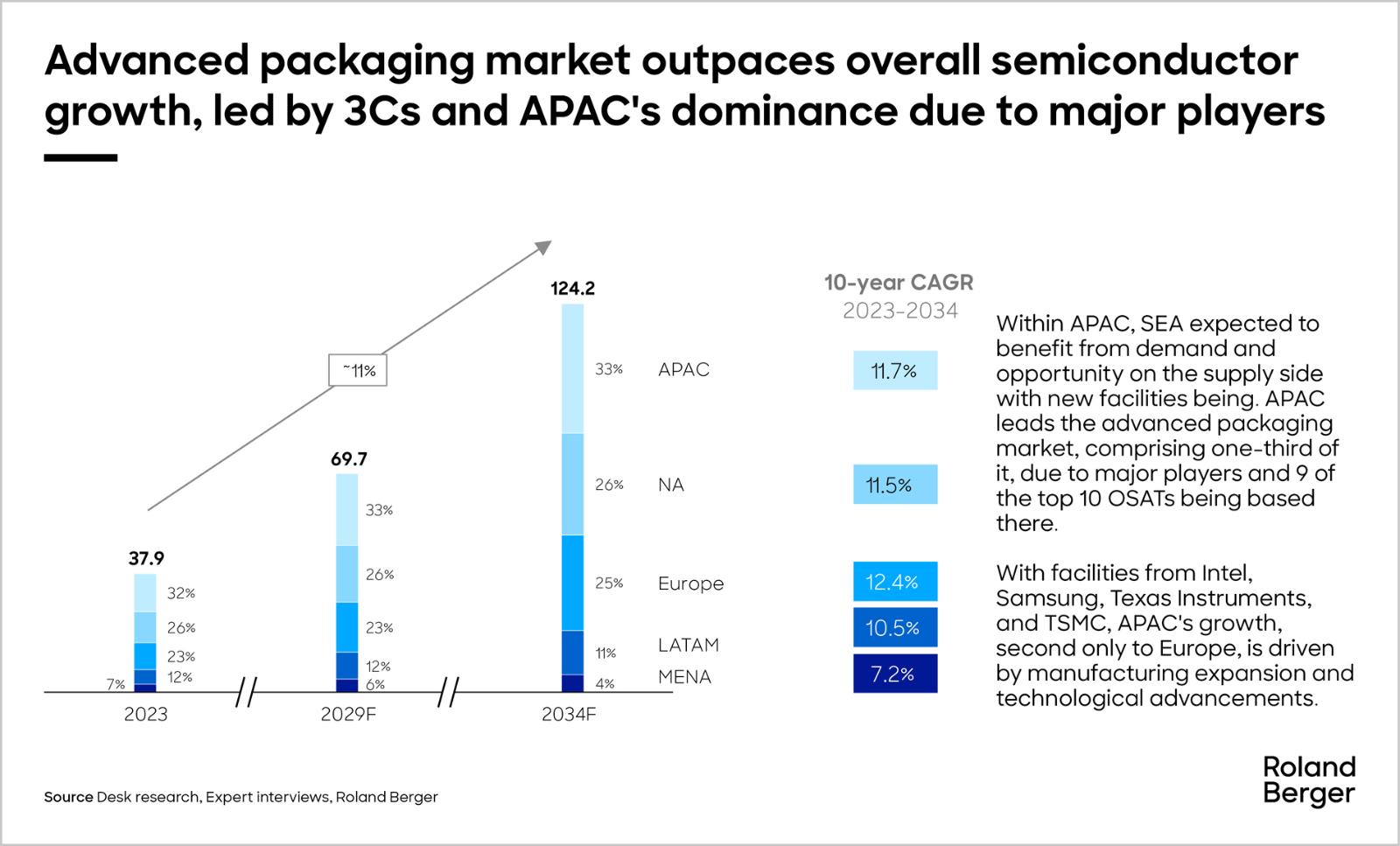Precision engineering has emerged as a lucrative investment opportunity in Southeast Asia, with robust growth, government initiatives, supply chain shifts, and emerging technologies driving its potential.


Southeast Asia in focus for semiconductor back-end
Recent trends and opportunities
"We see opportunities for investors in Southeast Asia to benefit from the developments across the semiconductor value chain."
Despite recent volatility, the semiconductor market is poised to recover into 2025. The COVID-19 pandemic heavily impacted the industry, triggering an acute chip shortage crisis in 2021 and 2022, followed by a slowdown in 2023. Short-term projections reflect economic headwinds, particularly in consumer-driven markets, as rising inflation and interest rates continue to erode disposable income. Nevertheless, as global economic conditions stabilize, the semiconductor market is set to experience a strong rebound.
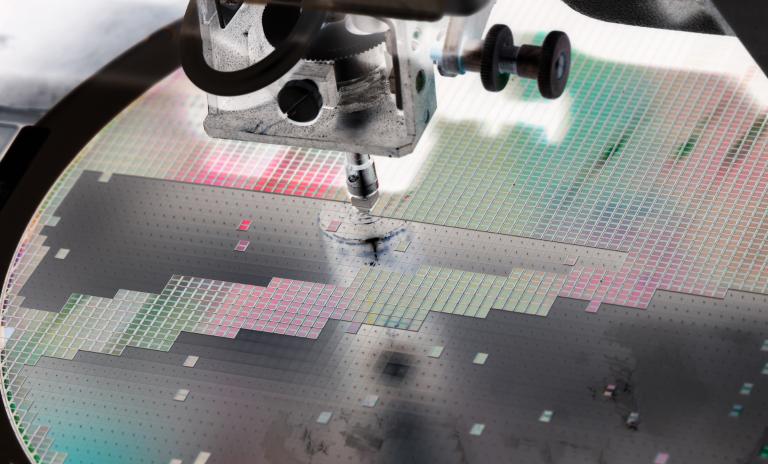
Market expected to reach USD 1 trillion around 2030, indicating sustained growth
Technological advancements are set to drive this resurgence. Growing demand for semiconductors is fueled by the rapid adoption of artificial intelligence (AI), the ongoing electrification of industries, and pervasive digitalization. The semiconductor industry stands at a pivotal moment, with innovation and adaptability as its core. As it navigates through short-term challenges, the industry's trajectory is set for robust and sustained growth, reshaping the technological landscape in significant ways.

Navigating semiconductor market cyclicality
The downturn in 2023 has been more severe than annual figures suggest, with a peak-to-trough decline of up to 22% in 2022. This stark drop underscores the severity of the industry's challenges, but there is cautious optimism for improvement in the future.
The semiconductor market's cyclical nature is well-documented, with expected fluctuations in demand. Understanding and anticipating these cycles is crucial for stakeholders to navigate through the peaks and troughs effectively.
As the market stabilizes and returns to growth, the ability to adapt to these cyclical changes will be a key determinant of success in this dynamic sector.
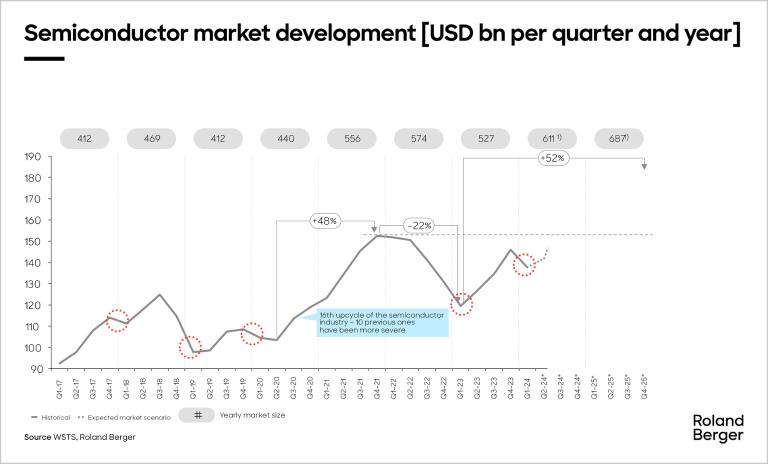
Southeast Asia drives semiconductor growth
The region has outgrown the market over the past 6 years (as of 2024) – the second fastest growth region, only after Europe. This was largely driven by:
⦁ Surging demand for consumer electronics
⦁ Higher adoption of semiconductors in the automotive sector
Southeast Asia was impacted by the downturn in 2023, but at a less severe rate compared to the rest of Asia & Americas. With a CAGR of 6.7%, Southeast Asia is expected to continue to outgrow the semiconductor market.
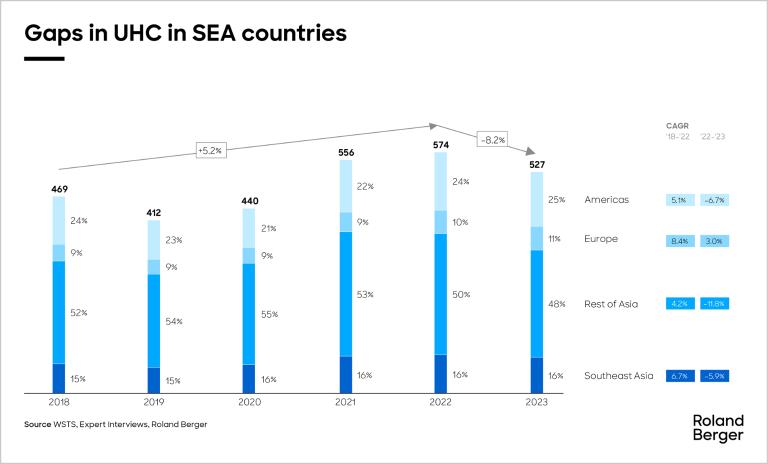
"As cloud computing and artificial intelligence applications demand faster data processing and higher memory capacity, we are witnessing an unprecedented surge in the need for advanced semiconductors."
Key drivers in the semiconductor market
Volume drivers include growth in data centers and AI applications, advancements in autonomous driving, and a rise in advanced consumer electronics.
Price dynamics are influenced by industry price erosion and market cyclicality. While price erosion, especially in memory semiconductors, is expected to continue, other categories may see price increases due to strong demand.
Understanding these drivers is crucial for navigating the semiconductor landscape, reflecting both market volatility and evolving technology needs.
Advanced packaging is gaining importance
Increasing demand for high-performance semiconductors necessitates further innovations and advancements, especially within the advanced packaging space: New architectures, deceleration of Moore’s law, new wafer materials and new device structures are addressed by innovation in advanced packaging.
Opportunity for investors
Investors should capitalize on semiconductor companies focused on advanced packaging in Southeast Asia, leveraging favorable government policies and geopolitical trends. By capitalizing on these advantages, investors can strategically position themselves in the rapidly growing advanced packaging market.
Since the segments within the semiconductor value chain are large in size and characterized by a diverse set of players, investors must assess the specific target at hand.
Conclusion
Success in this space requires innovation, strong engineering capabilities and good customer relationships with key customers in AI-driven electronics segments.
The value creation in the semiconductor sector is expanding further towards sophisticated back-end processes. In our ASEAN Private Equity Newsletter, we also cover key strategies for private equity investors to
maximize value creation
.
Register now to access the full newsletter and explore how media disruption, sustainable construction, and semiconductor innovation are shaping new investment frontiers in Southeast Asia. Furthermore, you get regular news and updates directly in your inbox.


